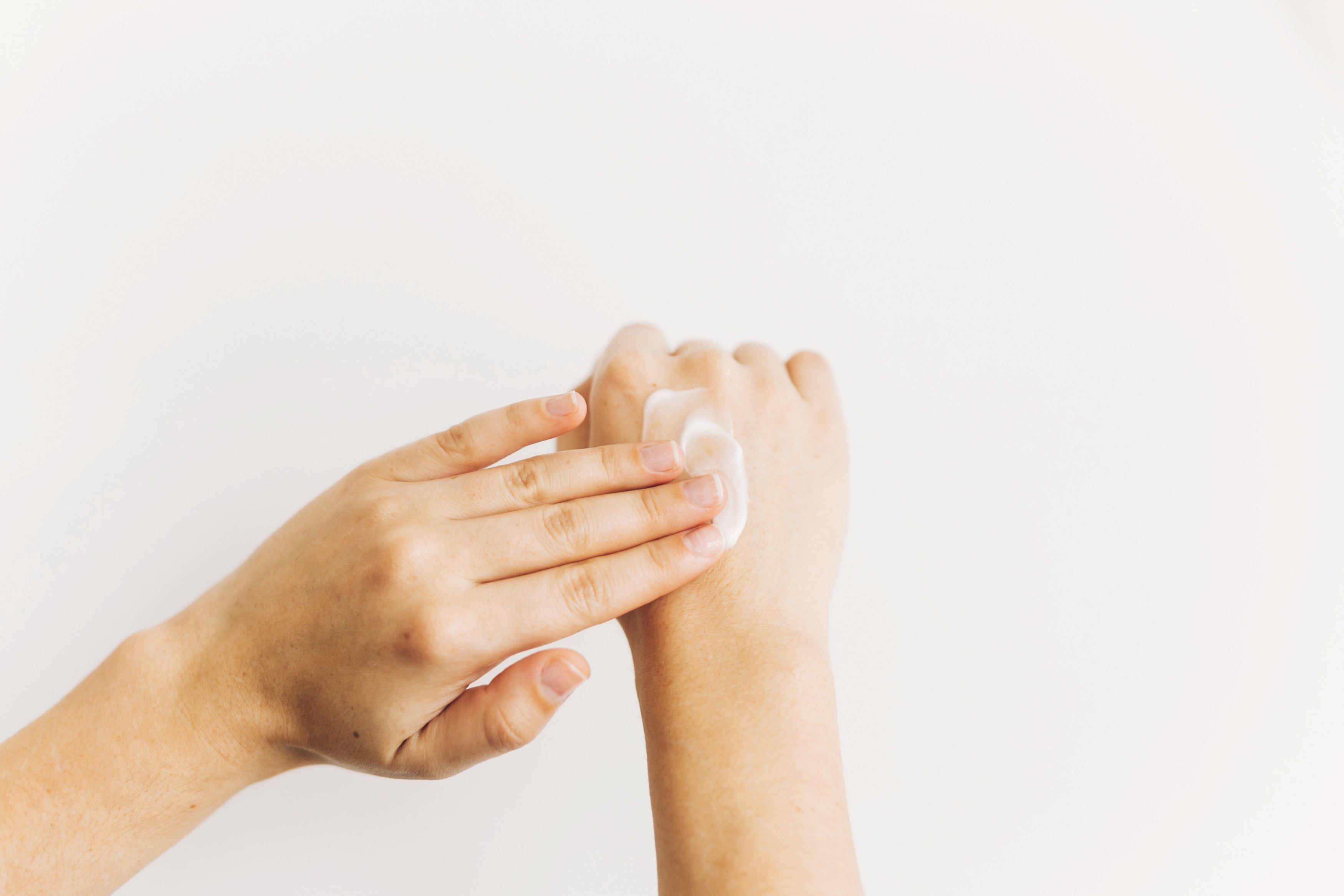Maintaining a proper skincare routine and healthy skin can often seem like a time-consuming process unworthy of your time; however, the way in which you care for your skin is more important than you think. For example, your skincare routine (and the products that you use) has a massive impact on whether or not you suffer from skin barrier damage and perpetual issues with dry skin. Let’s take a look at some dry skin causes and answer a common question: what is the skin barrier?
What Is the Skin Barrier?
“A disturbed skin barrier is an important component in the pathogenesis of contact dermatitis, ichthyosis, psoriasis, and atopic dermatitis.” - J M Jensen, E Proksch
The skin barrier is the uppermost layer of epidermal cells (called the stratum corneum) on the skin’s surface. These cells are arranged in a brick-and-mortar layout about 20 layers deep, with lipids (fats) that make up the “mortar.” The externally-facing cells are constantly replaced and, understandably, have very short lifespans. In addition to providing mass amounts of cells that are meant to slough off as protection, the top layers of your skin secrete an oily substance called sebum. The upper layer of skin and sebum work together to create a barrier that protects the underlying layers.
In addition to the layer of sebum, the skin cells themselves are designed to prevent water loss. The lipid bilayer in the stratum corneum (the “mortar” mentioned above) is arranged with hydrophobic (water-fearing) ends facing the outside world and the inner layers of skin. This helps the skin prevent water molecules from escaping. Keeping this physiology in mind, let’s look at what happens when the skin barrier becomes damaged.
What Happens When the Skin Barrier Gets Damaged?
The first thing that will happen is that you will start to experience dry skin. Your skin might look lighter, dusty, or flaky. These are your first warning signs that you need to pay more attention to your skin. If left unchecked, a damaged skin barrier can lead to painful cracking, roughness, bleeding, and (in serious cases) infection. Since skin barrier damage can be so detrimental to our skin’s function, let’s look at some root causes.
Dry Skin Causes: What Causes Skin Barrier Damage?
As mentioned above, the skin’s only natural moistening agent is the sebum. For this reason, we need to be careful with stripping and exfoliating agents. They can be used as long as a replacement for your skin’s natural moisturizer is considered. This is why all skincare routines recommend that you finish off your routine with a moisturizer. Furthermore, care should be taken when using exfoliators on already dry skin. Dry skin is more susceptible to further damage than supple, healthy, well-moisturized skin.
Other sources of skin barrier damage can include hormonal fluctuations, stress, and relying on one product or step in your skincare routine too heavily - for example, using too many toners (which tend to dry the skin out) without following up with a hydrating moisturizer. If you have a routine that is working for your skin type, stick to it; if it’s not working for your skin, change things up or consult your dermatologist. Keep in mind that, if you have struggled to find a product that doesn’t adversely affect your skin, you may have sensitive skin. Those with this problem may need to look into the available ingredients for sensitive skin.
Repairing & Avoiding Skin Barrier Damage
It’s incredibly important to avoid skin barrier damage in the first place; however, if the damage has already been done, it’s not too late. Luckily, there are ways to repair your skin and replenish the skin’s barrier. In next week’s blog post, we’ll discuss what you can do to avoid this damage and how you can repair it within your skincare routine.





















Leave a comment